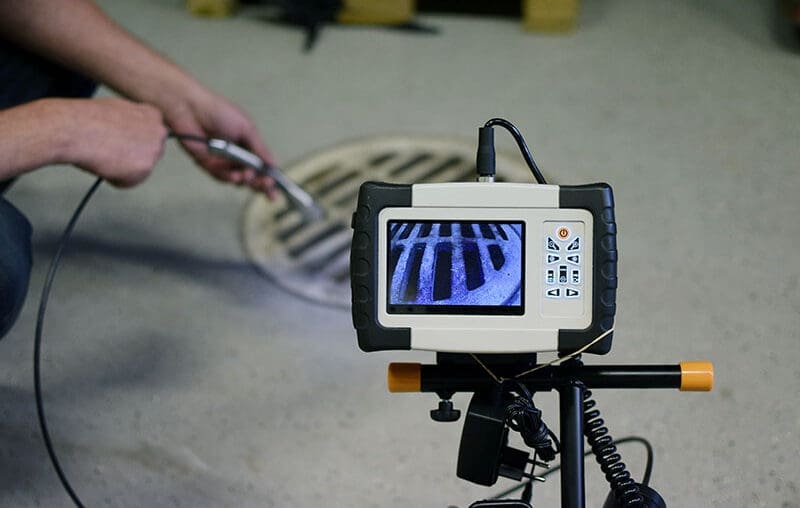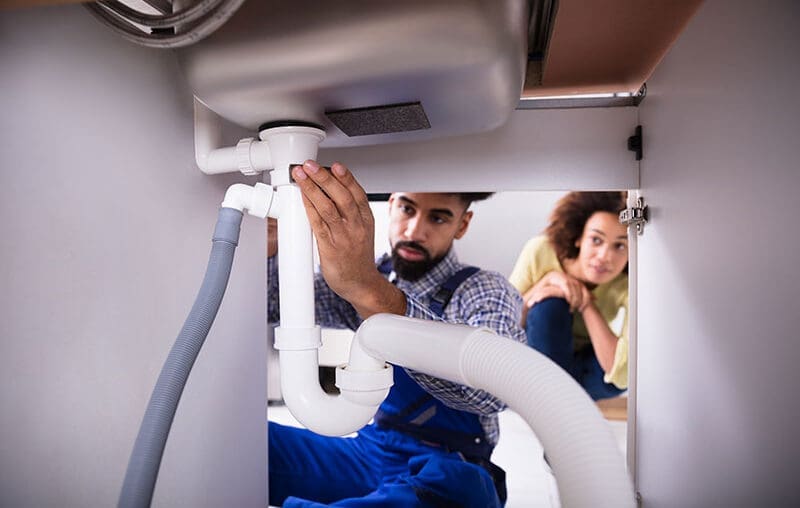Category: Plumbing Issues
Our certified plumbing experts tackle any plumbing problem, big or small. Contact us today for professional and affordable plumbing solutions.

Our certified plumbing experts tackle any plumbing problem, big or small. Contact us today for professional and affordable plumbing solutions.

